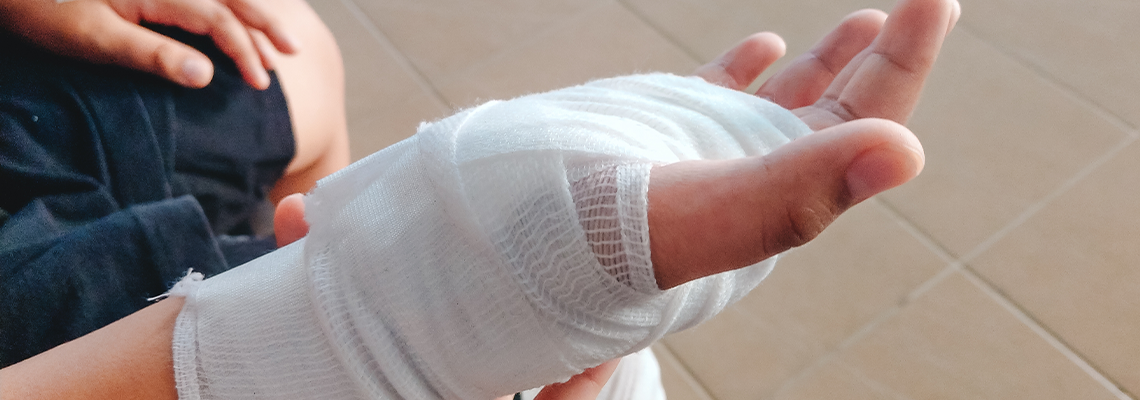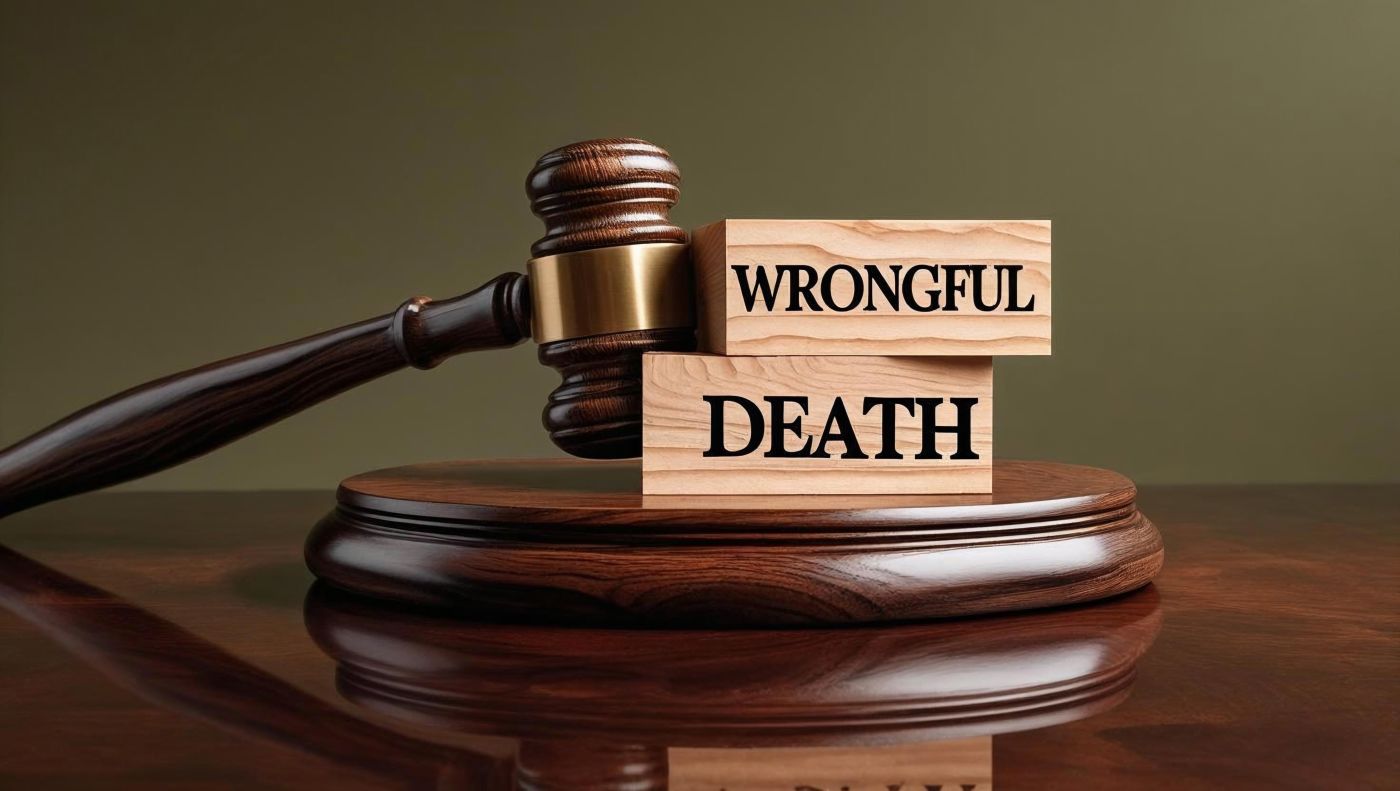
At Preston Day Law, PLLC in Alpine, Utah, we often meet people who hear the word “negligence” in connection with personal injury cases but aren’t sure how it shapes their rights or the legal process.
Negligence is a critical concept in these claims, guiding whether someone harmed by another’s actions or inaction can obtain compensation for medical bills, lost wages, or intangible harm like pain and suffering.
By breaking down what constitutes negligence, how Utah law defines and addresses it, and which steps matter most in showing negligence, we hope to clarify an idea that drives most personal injury lawsuits. Understanding these points often helps claimants focus on gathering the right evidence, establishing fault, and, if needed, working toward a resolution.
Negligence
Negligence arises when a person or entity fails to act with the level of care that a reasonably careful person would use under similar circumstances. This lack of care can manifest in many ways: driving too fast on icy roads, forgetting to clean up a spill in a grocery aisle, or neglecting to fix a broken handrail.
Unlike criminal offenses, which typically require malicious intent, a negligent act can arise from oversight, distraction, or poor judgment. Legally, to prove negligence in a personal injury matter, four elements usually come into play:
Duty of care: The at-fault party must have owed the injured person a duty to act (or not act) in a manner consistent with reasonably prudent behavior.
Breach of duty: This duty wasn’t upheld—the person’s actions or omissions fell below the expected standard of care.
Causation: The breach of duty directly caused or significantly contributed to the harm.
Damages: The injured party suffered measurable losses (e.g., medical costs, lost income, or pain and suffering).
Meeting each of these elements is vital if a plaintiff hopes to recover financial compensation for personal injury. If a single element is missing, the claim may not succeed. For instance, a property owner might have a duty to keep walkways safe, but if that walkway wasn’t actually unsafe or no one was hurt, no viable negligence claim emerges.
Duty of Care
To have a valid claim, you must first show that the defendant had a duty to protect your safety or exercise caution around you. Duties are often self-evident—like a motorist’s duty to drive responsibly or a business owner’s duty to maintain reasonably safe premises.
Sometimes, it’s more subtle, especially in situations involving third parties or special relationships. For instance, a daycare center has a heightened duty to protect children, while a store manager has a general duty to keep floors from posing slipping hazards to customers.
Questions about duty can get tricky when the situation involves social guests, trespassers, or non-traditional relationships. Utah premises liability law, for instance, can classify visitors as invitees, licensees, or trespassers.
Each group might be owed a different level of care. In general, however, if you were legally on the premises or engaged in lawful activities, the party in control owes you at least a baseline level of caution.
Identifying the Misstep
A breach of duty means that the defendant’s conduct didn’t match the standard a prudent person would have followed. In a car accident, the breach might be speeding, texting while driving, or ignoring traffic lights.
On private property, the breach could be neglecting to repair a known hazardous condition or failing to post warnings about it. The key is proving that the defendant’s behavior “deviated” from what’s normally expected under the circumstances.
Sometimes, showing a breach of duty is straightforward—a driver ran a red light. Other times, it’s trickier. If someone was driving at the posted speed limit but conditions were icy, could they still have acted negligently by not reducing speed further? Many personal injury cases hinge on these nuances.
Evidence like eyewitness testimony, surveillance video, accident reconstruction, or violation of safety regulations may underline that the defendant indeed failed to act with reasonable caution.
Linking the Breach to the Injury
Proving that a breach of duty caused the harm can be a sticking point in personal injury litigation. The law demands not just that the defendant acted carelessly, but that their wrongdoing actually led to your injuries. This link often involves two concepts:
Actual cause (or cause in fact): Also called the “but for” test. But for the defendant’s negligent action, would the harm have occurred?
Proximate cause (or legal cause): Even if the defendant set events in motion, were the injuries a reasonably foreseeable outcome of their actions, or were they too indirect?
For instance, if a speeding driver swerved and caused a crash that then caused a chain reaction leading to your injuries, that might still fit proximate cause if it’s reasonably foreseeable that speeding can cause multi-car collisions.
However, if something random or far removed from the initial negligent act causes your injury, the defendant might argue it wasn’t a “foreseeable” part of the chain of events. Proving causation can require testimony from accident reconstruction professionals, medical professionals, or others who clarify how the defendant’s act triggered your injuries.
Documenting Harms
Damages measure the financial, physical, and emotional cost of an injury. They might include hospital bills, rehabilitation costs, lost wages, property damage, emotional distress, and more. Claimants in Utah personal injury cases often rely on medical records, pay stubs, or professional opinions to quantify these harms.
Even intangible issues like pain, mental distress, or reduced quality of life can be factored in. However, awarding these noneconomic damages typically requires a showing of how severely the injury disrupted day-to-day routines, personal relationships, or future plans.
The more precise you are in tracking these damages, the stronger your case. We often advise those injured to keep detailed records: receipts, therapy notes, or daily journals describing how tasks feel more painful or impossible due to the accident. If you plan to seek compensation for any aspect of your suffering, thorough documentation helps.
Utah’s Comparative Fault Principles
In some personal injury matters, the defendant might claim that you bear some responsibility for your own injuries. Perhaps you looked at a phone while walking in a store, or you sped slightly above the limit when hit by a reckless driver.
Under Utah’s comparative fault system, a court may reduce your recovery by the percentage of your own fault. If your fault is 50% or more, you might not recover any damages. This setup underscores how crucial it is to show that the defendant’s share of negligence outweighed any potential oversights on your part.
If comparative fault becomes an issue, we typically examine objective evidence—accident scene photos, witness statements, or analyses—to minimize the degree of blame assigned to our client. Even if some fault stands, as long as it’s not the majority, you can still be awarded partial damages proportionate to the defendant’s responsibility.
Gathering and Preserving Evidence
To prove negligence, you need proof. Below are some ways to collect helpful information:
Accident scene documentation: Photographs, videos, or notes about roadway conditions, hazards, or weather.
Eyewitness contact: Names and numbers of anyone who observed the accident or event.
Medical records: Diagnostic tests, physician summaries, therapy notes, medication regimens—these records not only show the extent of injuries but also align the timeline with the defendant’s conduct.
Professional reports: Sometimes, accident reconstruction professionals or specialized doctors can solidify how exactly the incident occurred or the nature of your harm.
This phase can be time-consuming, but thoroughness pays off. Missing or incomplete evidence can invite insurance adjusters or defense lawyers to claim that your injuries or damages are exaggerated.
Insurance and Settlement Negotiations
Most personal injury cases in Utah involve an insurance component—like an auto insurer or property liability carrier. Before filing suit, you might attempt to negotiate a settlement. Both sides exchange evidence and gauge the claim’s potential value. The insurer may argue that the damages are less severe or that your injuries existed previously.
At this juncture, a strong demonstration of negligence—alongside evidence of your losses—helps drive negotiations. If the insurer’s offer is inadequate, you might file a lawsuit. Often, the possibility of a trial encourages insurers to offer more appropriate settlements rather than face unpredictability in court.
Litigation and Trial Considerations
If settlement talks fail, litigation is the next step. You’d file a complaint stating the defendant’s negligence, the injuries caused, and a request for damages. Litigation can involve:
Discovery: Each side obtains documents, depositions, or evidence from the other.
Motions: Attorneys might file motions to exclude irrelevant or prejudicial evidence.
Trial: A judge or jury hears witnesses, examines evidence, and decides if the defendant is liable and, if so, how much to award.
Trials carry risks and costs, but they might be warranted if the defendant (or their insurer) refuses to fairly acknowledge the extent of harm caused by the negligence. Thorough preparation, from investigating the accident to consulting with medical and economic professionals, positions you to present a cohesive argument.
We typically tell clients that while litigation can be lengthy, a well-prepared approach can improve your chances of success.
Contact Us
At Preston Day Law, PLLC, we believe that understanding how negligence applies in personal injury cases is vital for anyone hurt in an accident here in Utah. Serving clients in Salt Lake County and Utah County, our attorney guides individuals toward building strong claims, negotiating with insurers, and, if needed, presenting your case in court. Reach out today.


